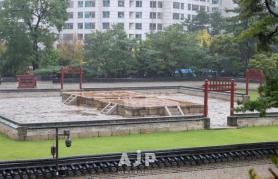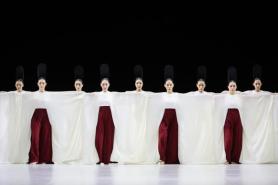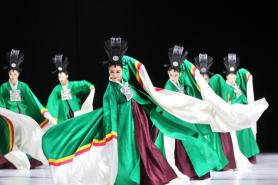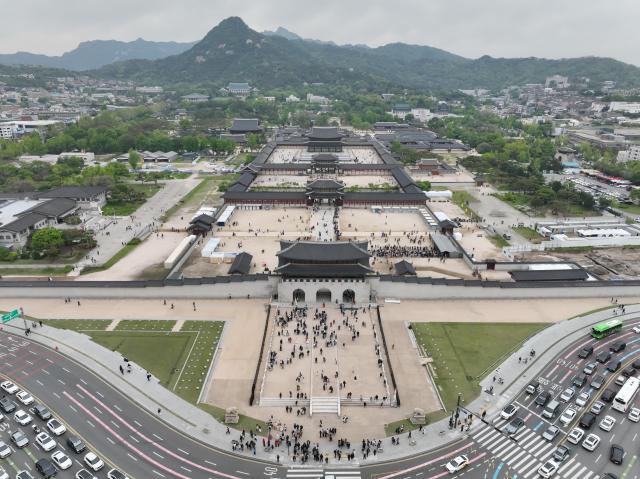
SEOUL, May 09 (AJP) - Once the resplendent heart of the Joseon Dynasty's royal lineage, Gyeongbokgung Palace stands as a testament to both the kingdom's foundational aspirations and its resilience through periods of upheaval.
Erected in tandem with the dynasty's establishment, the palace met a devastating fate during the Japanese invasion in 1592, succumbing entirely to flames. The Gyeongbokgung that graces Seoul today bears the imprint of a later era, with sections rebuilt during the reign of King Gojong.
Within its storied grounds, Geunjeongjeon Hall commands attention as the peninsula's most expansive extant wooden edifice. Nearby, the ethereal Gyeonghoeru Pavilion floats gracefully atop a tranquil pond. Both structures hold the distinguished designation of National Treasures, underscoring their cultural and historical significance.
A concerted effort to reclaim Gyeongbokgung's former glory commenced with the 1968 restoration of its iconic Gwanghwamun Gate. This initial step galvanized broader public and official engagement, culminating in a comprehensive restoration initiative that gained momentum in the late 1980s.
Landmark projects have included the symbolic dismantling of the former Japanese Government-General Building in 1995, the revitalization of the Heungnyemun Gate precinct in 2001 and the meticulous wooden reconstruction of Gwanghwamun Gate in 2010. Ambitious plans are underway to reinstate the palace's principal structures by the year 2045.
The axial grandeur that unfolds from the imposing Gwanghwamun Gate, leading through Heungnyemun Gate to the majestic Geunjeongjeon Hall, speaks volumes of Joseon's royal authority.
In contrast, the intimate charm of the rear garden, nestled behind Gyotaejeon Hall, offers a more serene perspective on the palace grounds. Together, these contrasting spaces evoke the layered history and architectural sophistication of Joseon's palatial design.
For foreign tourists, Gyeongbokgung Palace has become an indispensable stop, offering a tangible connection to the nation's rich past.
Currently, visitors have the added opportunity to experience the palace's illuminated beauty during special nighttime openings, which continue until June 15.
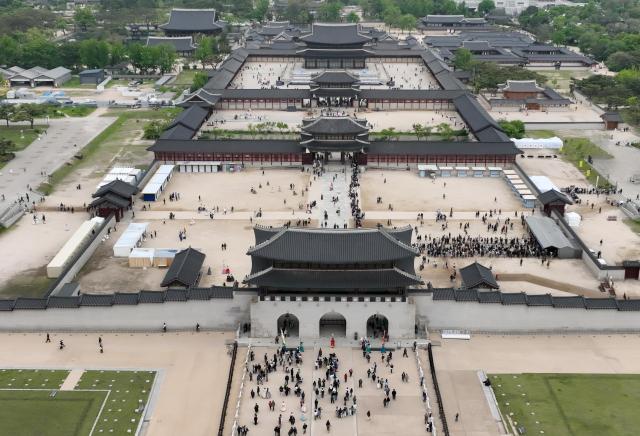
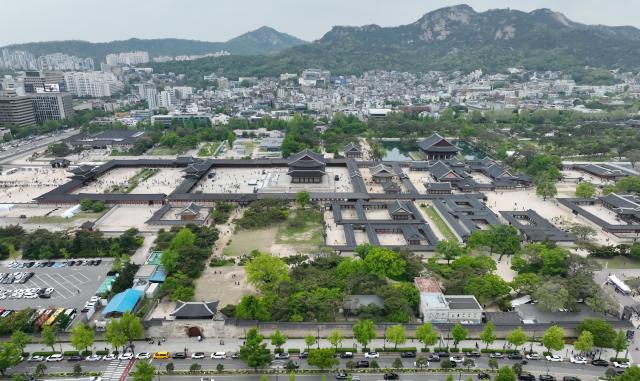
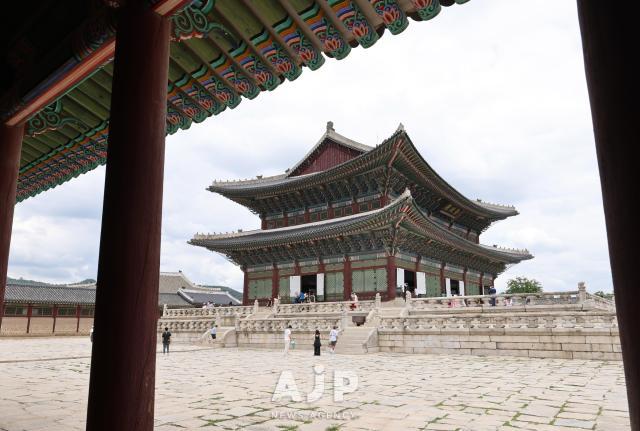
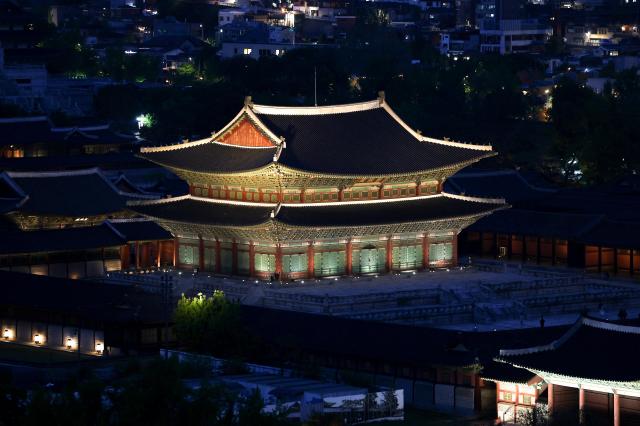 Night view of Geunjeongjeon Hall/ Yonhap
Night view of Geunjeongjeon Hall/ Yonhap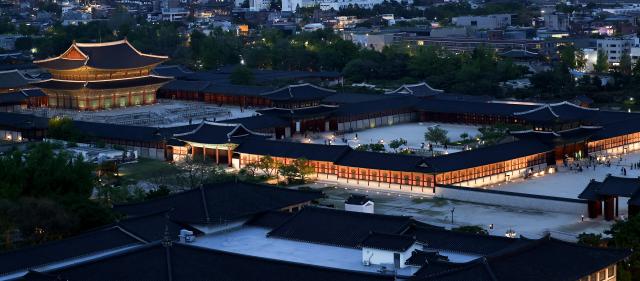

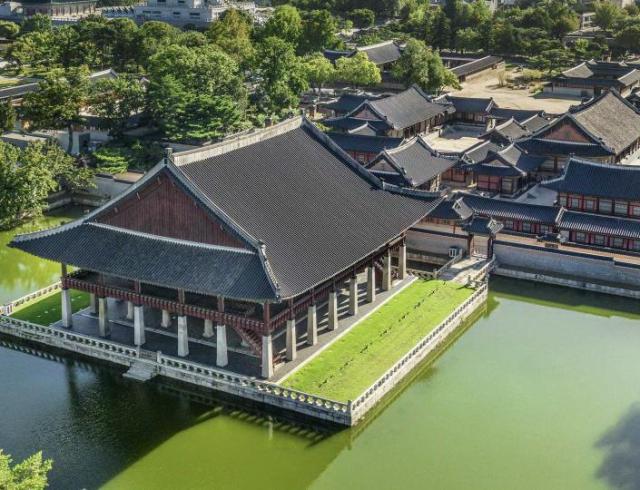
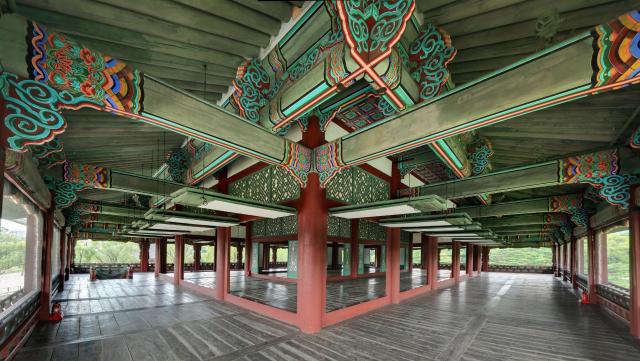
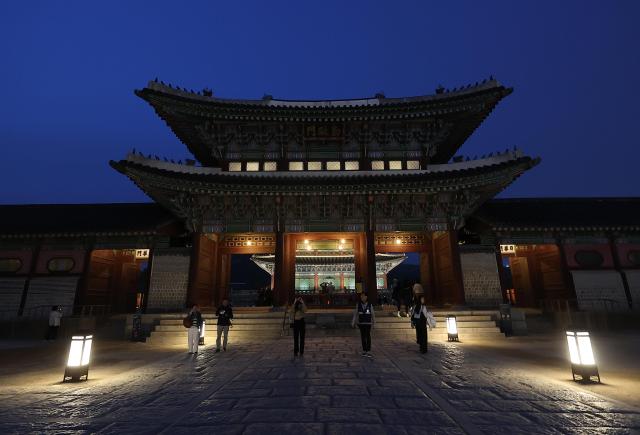
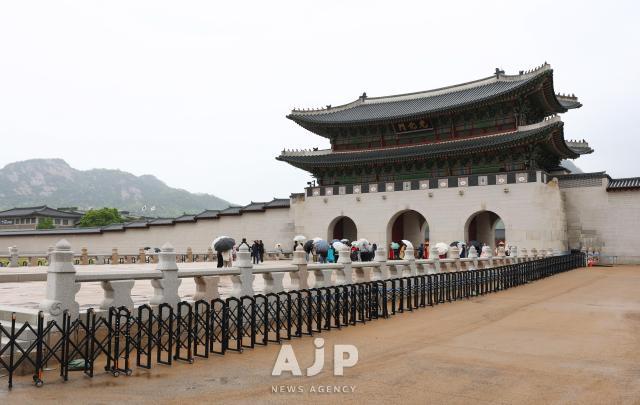
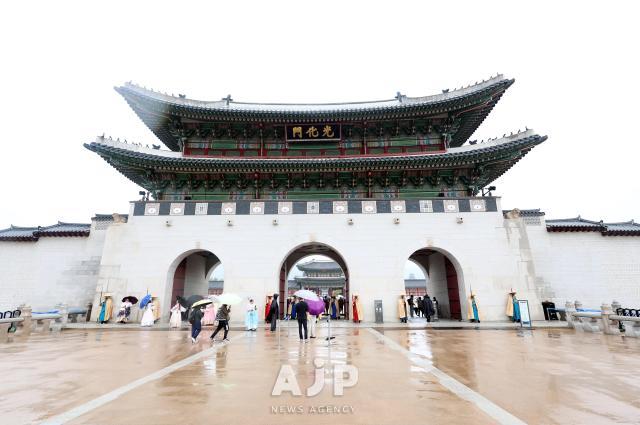
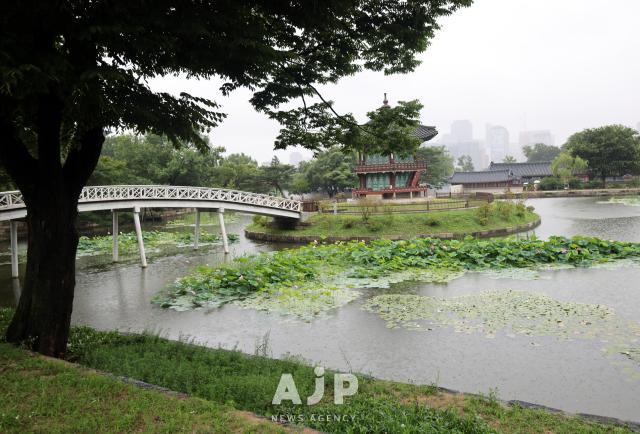
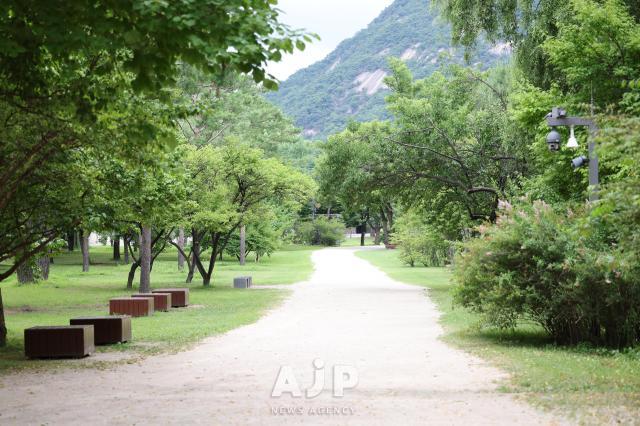
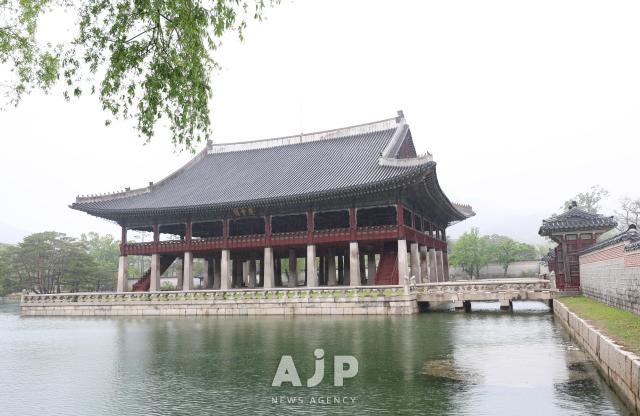
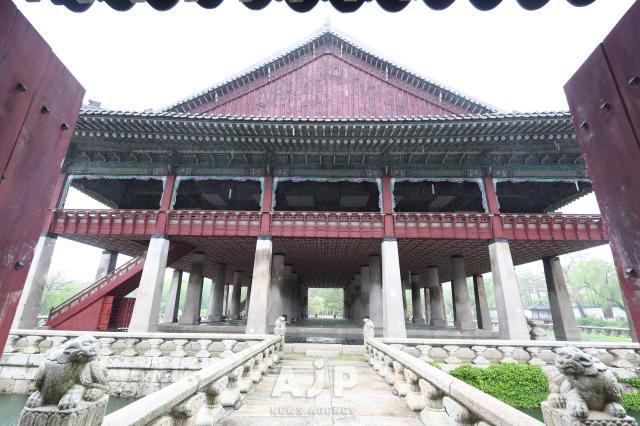
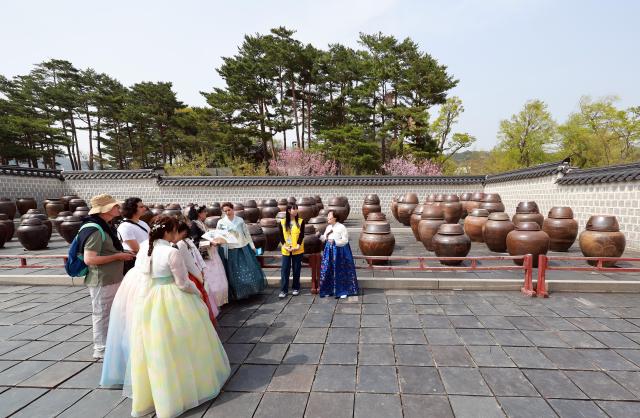
Copyright ⓒ Aju Press All rights reserved.


